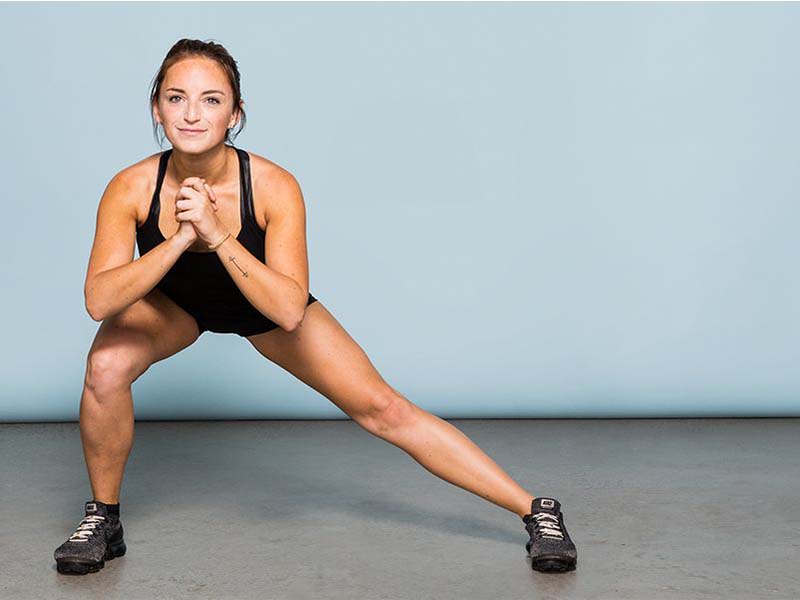Many runners neglect stretching, opting for token quad stretches before a race or park run just because it seems like the right thing to do or because everyone else is doing it. However, an effective pre-run warm-up involves dynamic stretching, which can have significant positive effects on your entire body and running performance. Besides improving range of motion, dynamic stretching can also help prevent injuries and boost your VO2 max. To experience, exceptional performance in running, choose the best footwear for your runs like Tarkine Trail Devil shoes.
Let’s understand the distinction between static and dynamic stretching. Static stretching involves holding a muscle under tension for about 30 seconds. While consistent static stretching over several weeks can improve flexibility, doing static stretches right before exercise can hinder performance in short, explosive tasks like sprints or track sessions. It may lead to muscle strain and increased oxygen requirements, posing the risk of injury.
On the other hand, dynamic stretching incorporates plyometric movements while stretching. The stretch-shortening cycle (SSC), essential for running, is harnessed through dynamic stretching. Incorporating movements like bounding, hopping, and jumping exaggerates the SSC’s benefits, showing noticeable improvements in as little as six weeks.
The advantages of dynamic stretching before a run are substantial. It enhances running economy, improves VO2 max, and reduces the risk of injuries, making it ideal for endurance runners.
So, how do you perform dynamic stretches? Dynamic stretches involve moving your body through a range of motion to warm up your muscles and joints, open up your hips, and stimulate blood flow. The exercises are performed quickly without the need for equipment.
For long-distance runners, a typical active pre-run warm-up could begin with 5-10 minutes of walking or easy jogging. If you’re preparing for a fast running effort, training session, or race, incorporate 6-8 dynamic movement drills that focus on the lower limbs.

Here are three dynamic stretches recommended by Mason to include in your warm-up routine:
Leg Swings:
-
- Stand on one leg and swing the other leg to the front and back.
- Switch sides and repeat.

Image source: kansashealthsystem.com
Walking Lunges:
-
- Stand tall with hands on hips.
- Step forward with your right foot, bending the right knee at a 90-degree angle.
- Ensure your left knee hovers above the ground.
- Lunge forward with the other leg and repeat.

Image source: greatist.com
Side Lunges:
-
- Stand with feet shoulder-width apart, step to the side, shifting weight to your right leg.
- Lower your body, bending the right knee and pushing your butt back.
- Keep your left foot flat on the floor and your left leg straight.
- Shift your weight to your left side without standing fully, and alternate between sides.

Image source: womenshealthmag.com
-
- Remember, while dynamic stretching offers numerous benefits, avoid overdoing it to prevent excessive fatigue. If you’re uncertain, seek advice from a qualified healthcare professional experienced in working with runners. Incorporate these dynamic stretches into your warm-up routine, and you’ll be well on your way to a more efficient and enjoyable run.